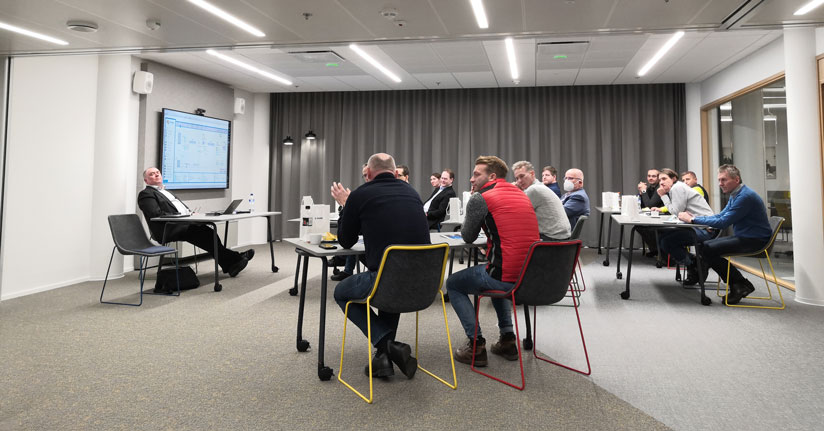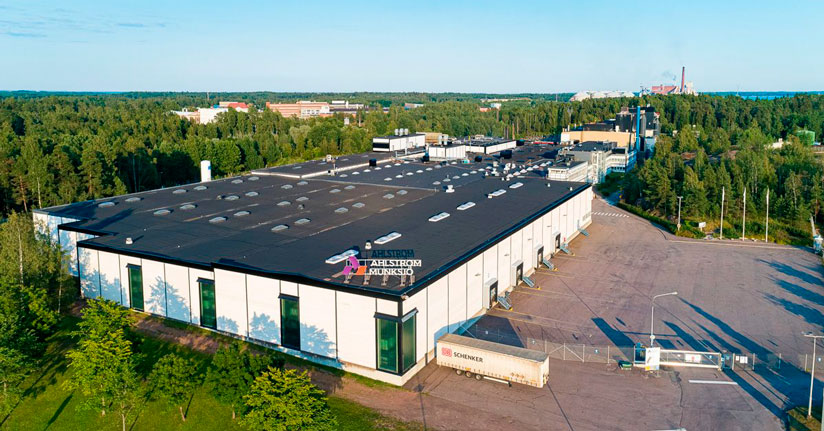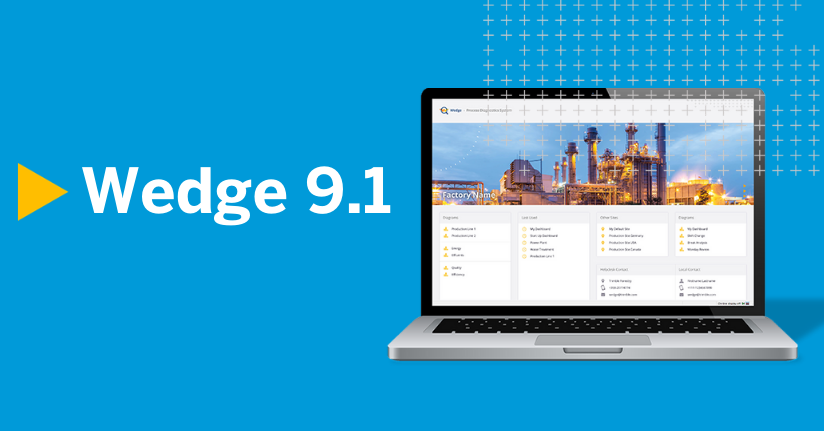Make systems your servants

You might have encountered situations where the best way to work, based on your long experience and know-how, is not aligned with the systems in use. Systems that are supposed…
Wedge on LinkedIn – follow now!

LinkedIn now has a brand new page dedicated to Industrial Data Analytics. We warmly welcome you to follow the page! On this page, you’ll be the first to hear about…
Paper Technology professionals visit on the Paper Safari tour

We had the pleasure of hosting a group of Paper Technology professionals from DACH area on their Paper Safari tour in Finland. Our process diagnostics system Wedge is of great…
Paper360°: “Digitalization Rolls Out at DS Smith Mills Across Europe”

One of the leading industry magazines, Paper360°, wrote an article about how the packaging giant DS Smith digitalizes its mills across Europe. We are happy that DS Smith chose our…
An open mind takes you to the next level in process analytics

As a wise old man once said: You can prove anything with facts. Okay, it was Homer Simpson, but you have to admit, he has a point. You need data…
DS Smith partners with Trimble to drive digitalisation at its paper mills

Following a successful trial, DS Smith has adopted Trimble’s powerful data mining platform, Wedge, at their paper mill in Kemsley in Kent – the largest mill for recycled papers in…
Ahlstrom-Munksjö expands its Wedge use to Finland

Ahlstrom-Munksjö’s Karhula mill in Finland has chosen Wedge as a plant-wide online data analytics platform. Ahlstrom-Munksjö’s mills in Italy and Brazil have been satisfied Wedge customers for several years already. “Our problem was data…
Now available: Wedge 9.1

A new, more versatile version of the Wedge process analytics tool is now available. One of the most welcome features of Wedge 9.1 is DSA, or Data-Stream Analysis, which opens up a whole new world…
Process analysis turns vector data into a fountain of value

Most industrial data analysis is based on time series data. This type of data has one value / process parameter for each time stamp. For example, process automation produces this…
Comparing different operating periods with the help of Wedge

One of the most common use cases of Wedge is comparing a period of interest with another time period and figuring out what is done differently. This sort of study…